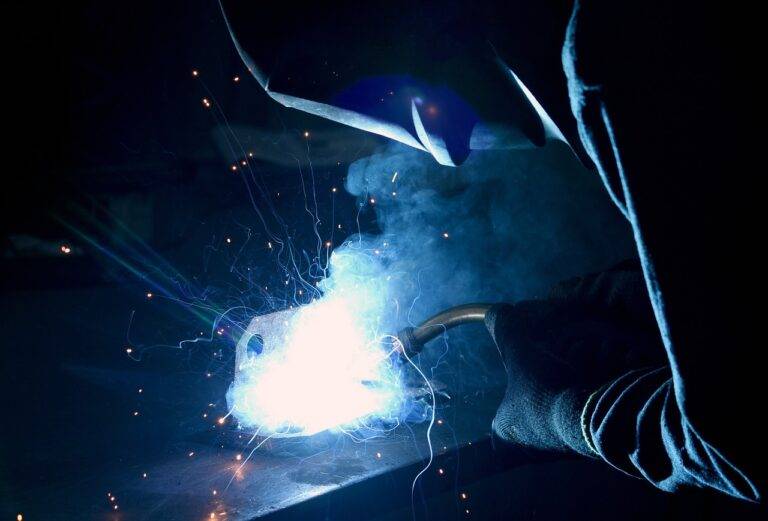The Role of Tech in Wildlife Corridor Preservation and Habitat Connectivity
Wildlife corridors play a crucial role in maintaining biodiversity and ensuring the survival of various species. These pathways connect fragmented habitats, allowing animals to move freely and access essential resources such as food, water, and mates. By providing safe passages, wildlife corridors help reduce isolation among populations and promote genetic diversity, which is vital for the long-term health of ecosystems.
Moreover, wildlife corridors also contribute to minimizing human-wildlife conflicts by guiding animals away from human settlements and infrastructure. This not only protects both wildlife and people but also helps in preserving the natural behaviors and migration patterns of different species. Overall, the establishment and preservation of wildlife corridors are essential for promoting sustainable coexistence between humans and wildlife.
Challenges in Habitat Connectivity
Habitat connectivity plays a crucial role in maintaining biodiversity and ensuring the survival of various species. However, one of the primary challenges faced in this regard is habitat fragmentation. Human activities such as urbanization, agriculture, and infrastructure development have led to the fragmentation of natural habitats, making it difficult for wildlife to move freely between different areas.
Moreover, the presence of physical barriers like roads, fences, and buildings further hinders the movement of animals across their habitats. This fragmentation can result in isolating populations, reducing genetic diversity, and making it challenging for species to find food, mates, or suitable breeding grounds. In order to address these challenges and enhance habitat connectivity, conservation efforts need to focus on creating wildlife corridors and implementing strategies to mitigate the impacts of habitat fragmentation.
Mapping and Monitoring Technologies
The advancement of Geographic Information Systems (GIS) has revolutionized how we map and monitor wildlife corridors. Through the use of satellite imagery, GPS tracking devices, and remote sensing technologies, conservationists are now able to precisely identify key areas where animals move between habitats. This level of detailed mapping helps in understanding the patterns of animal migration and behavior, allowing for more effective conservation measures to be implemented.
Furthermore, the use of camera traps and acoustic monitoring devices has proven to be invaluable in monitoring wildlife populations and their interactions with their habitats. These technologies provide real-time data on species presence, abundance, and behavior, helping conservationists track changes in biodiversity and ecosystem health over time. By utilizing these mapping and monitoring technologies, conservation efforts can be more targeted and proactive in protecting wildlife corridors and ensuring the connectivity of fragmented habitats.
• GIS has revolutionized how we map and monitor wildlife corridors
• Satellite imagery, GPS tracking devices, and remote sensing technologies are used for precise identification of key areas
• Detailed mapping helps in understanding animal migration patterns and behavior
• Camera traps and acoustic monitoring devices provide real-time data on species presence, abundance, and behavior
• These technologies help track changes in biodiversity and ecosystem health over time
• Conservation efforts can be more targeted and proactive in protecting wildlife corridors by utilizing these mapping and monitoring technologies.
What is the importance of wildlife corridors?
Wildlife corridors are crucial for allowing animals to move between habitats, find food, and reproduce. They help maintain genetic diversity and prevent isolation of populations.
What are some challenges in habitat connectivity?
Some challenges include habitat fragmentation due to human development, barriers such as roads and fences, and lack of planning for wildlife corridors.
How do mapping and monitoring technologies help in addressing habitat connectivity issues?
Mapping technologies like GIS and remote sensing help identify key habitat areas and potential wildlife corridors. Monitoring technologies like camera traps and GPS tracking help track animal movements and assess the effectiveness of wildlife corridors.
How can these technologies be used to prioritize conservation efforts?
By mapping and monitoring important habitat areas and wildlife corridors, conservationists can prioritize protection and restoration efforts in areas that are critical for maintaining habitat connectivity and supporting healthy wildlife populations.





